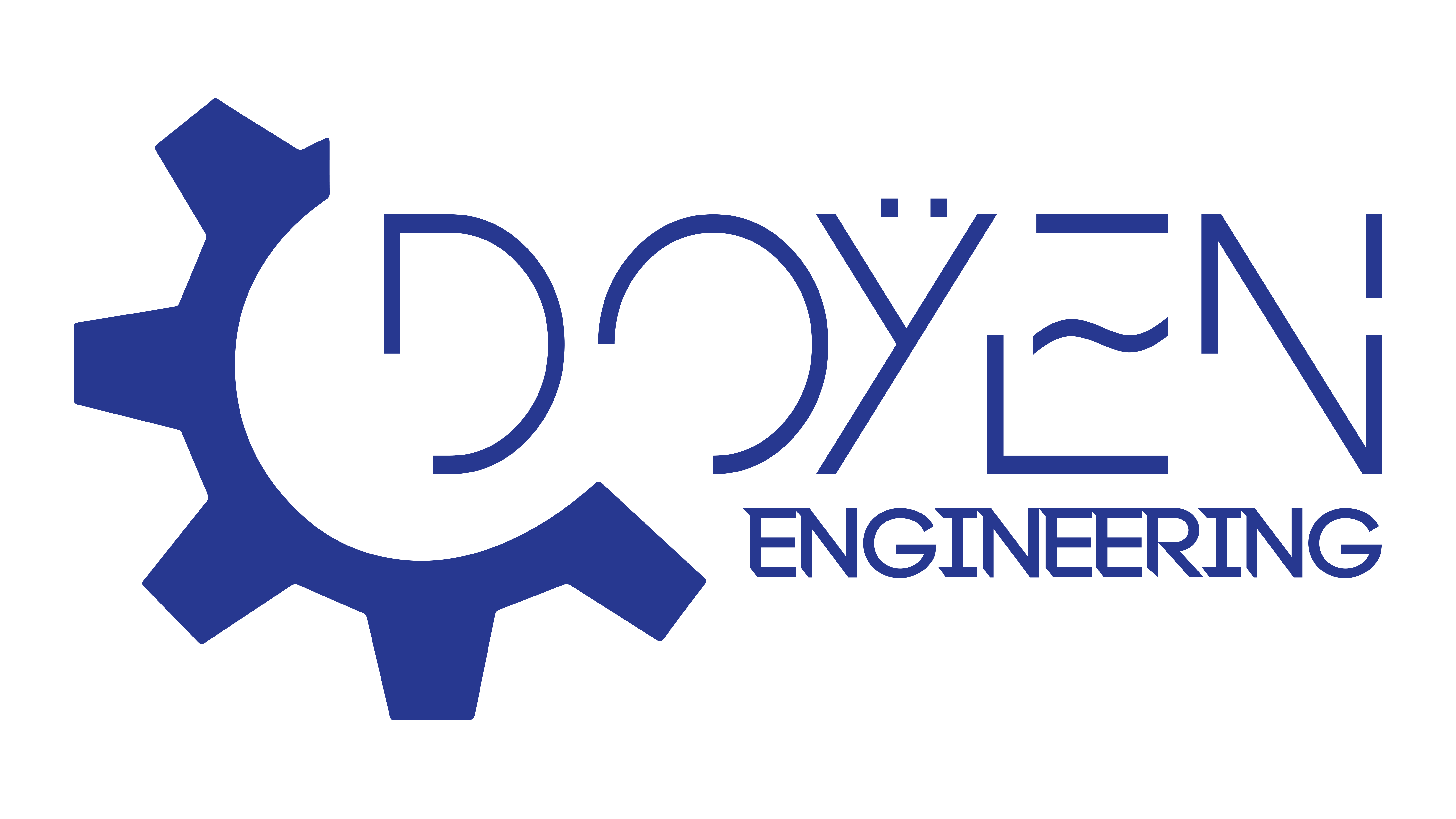
Understanding Compliance in Electrical Engineering Projects
Importance of Compliance in Electrical Engineering
Compliance in electrical engineering is vital for ensuring safety, performance, and reliability. By adhering to strict regulations, engineers can prevent dangerous failures and costly mistakes. For instance, a personal experience highlight from a project involved a serious oversight in wiring that could have led to catastrophic outcomes—this emphasizes the need for compliance.
Key reasons for compliance include:
- Safety: Protects workers and the public.
- Quality Assurance: Ensures projects meet performance criteria.
- Cost Efficiency: Reduces potential fines and liabilities.
Regulations and Standards in Electrical Engineering
Regulations and standards govern every aspect of electrical engineering projects. These include:
- National Electric Code (NEC)
- International Electrotechnical Commission (IEC) Standards
- Occupational Safety and Health Administration (OSHA) Guidelines
Each standard offers guidelines that dictate safe practices and technical specifications. A practical example is the NEC, which provides foundational rules for electrical installations, reinforcing the necessity for compliance. Understanding these regulations not only enhances project safety but also builds client trust and professional integrity.

Compliance Challenges in Electrical Engineering Projects
Complex Regulatory Landscape
Navigating the intricate regulatory landscape in electrical engineering can be daunting. Numerous jurisdictions impose varying regulations, making compliance a complex task. For instance, while working on a project that spanned multiple states, I encountered different local codes that resulted in extensive redesign efforts.
Key challenges include:
- Varying Regulations: Different standards per region.
- Dynamic Updates: Regulations often change, requiring constant vigilance.
- Multiple Agencies: Coordination with various bodies can overwhelm teams.
Compliance Risks and Consequences
Ignoring compliance can lead to significant risks and consequences. The story of a colleague who faced massive fines due to non-compliance with safety standards serves as a cautionary tale for many in the industry.
Some potential outcomes include:
- Legal Penalties: Fines and litigation can cripple budgets.
- Project Delays: Non-compliance often results in halted projects due to inspections.
- Reputation Damage: Firms can suffer long-term reputational harm.
Addressing these challenges requires proactive measures and a dedicated compliance strategy.

Navigating Compliance Requirements
Developing a Compliance Strategy
To successfully navigate compliance requirements, developing a comprehensive compliance strategy is essential. During a recent project, our team implemented a detailed strategy that not only streamlined processes but also minimized risks.
Key components of an effective strategy include:
- Risk Assessment: Identifying potential compliance risks.
- Training Programs: Equipping staff with the required knowledge.
- Regular Updates: Staying current with regulatory changes.
Compliance Documentation and Reporting
Solid documentation is critical in maintaining compliance and providing a paper trail for audits. I recall a project where thorough documentation saved us during an unexpected inspection.
Key aspects of compliance documentation include:
- Checklists: Ensuring all tasks meet regulatory requirements.
- Incident Reports: Documenting any compliance failures promptly.
- Regular Reporting: Keeping stakeholders informed and accountable.
By establishing a robust system for documentation and reporting, organizations can significantly enhance their compliance posture.

Implementing Compliance Measures in Electrical Engineering
Testing and Inspections
Implementing rigorous testing and inspections is crucial for ensuring compliance in electrical engineering projects. I remembered when a routine inspection revealed a wiring issue that could have led to serious safety hazards.
Key elements of effective testing and inspections include:
- Routine Checks: Scheduling regular inspections throughout the project.
- Third-Party Audits: Engaging external experts for unbiased evaluations.
- Pre-Commissioning Tests: Verifying systems before they go live.
Continuous Monitoring and Auditing
Alongside testing, continuous monitoring and auditing of compliance practices help maintain standards over time. For instance, during a lengthy project, we set up real-time monitoring systems to track compliance metrics.
Benefits of continuous monitoring include:
- Early Detection: Identifying issues before they escalate.
- Data-Driven Decisions: Using collected data for insightful adjustments.
- Compliance Culture: Fostering an environment where compliance is prioritized.
By integrating these measures, organizations can better safeguard their projects and ensure adherence to regulations.






